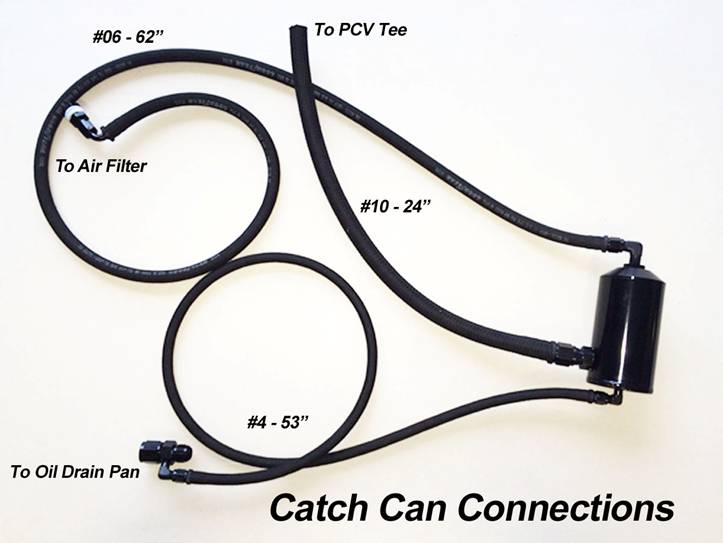System is not open-- so it is not venting into the atmosphere. That will not pass emission standards for a 2012 vehicle in any state. So, I highly doubt Prodigy's turbo-kit even touched your PCV. If you're smelling oil at present it is most likely a leak somewhere... Perhaps, have a blown oil seal somewhere....
Blow-by doesn't reach reach the crankcase breather-- because the high pressure crankcase gases are drawn to the low pressure zone in the intake-- this then creates a vacuum in the crankcase that draws air from the valve cover breather to draw in continuous clean air. The more boost created only serves to help create greater pressure differentials within the engine.







 Reply With Quote
Reply With Quote


Connect With Us